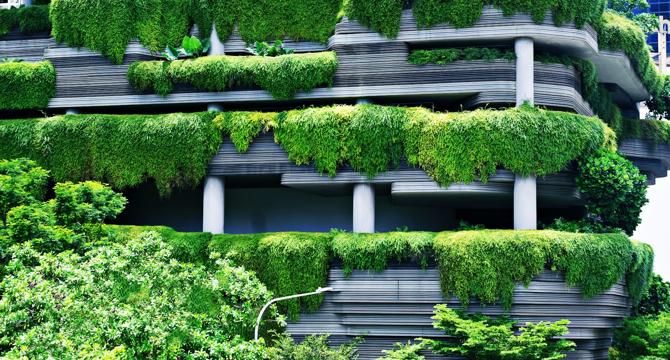Mossandfog
3w
258

Image Credit: Mossandfog
6 Times Nature-Inspired Design Transformed Everyday Structures
- Nature-inspired design has had a significant impact on architectural forms like Fallingwater, the California Academy of Sciences, and more.
- Organic elements from nature, such as airflow systems in barns, clerestory windows, and sustainable materials, are transforming traditional spaces.
- Green roofs mimic hillsides to reduce runoff, moderate temperatures, and support biodiversity in urban settings.
- Glass facades designed like tree canopies reduce the need for artificial lighting and heating, inspired by nature's diffused sunlight.
- Rammed earth homes inspired by cliff faces use natural materials to stabilize temperatures and provide aesthetic appeal.
- Atriums simulating forest clearings improve air quality, regulate temperature, and promote well-being in indoor spaces.
- Public spaces modeled after riverbeds manage water runoff, promote biodiversity, and enhance urban environments.
- Urban designs inspired by nature's features, like sloped walkways, layered plantings, and water channels, create visually appealing and sustainable environments.
- Drawing inspiration from nature helps architects and builders create functional, sustainable, and emotionally balanced spaces.
- The fusion of built space and natural elements in designs showcases how organic influences are timeless remedies in architecture and urban planning.
Read Full Article
15 Likes
For uninterrupted reading, download the app